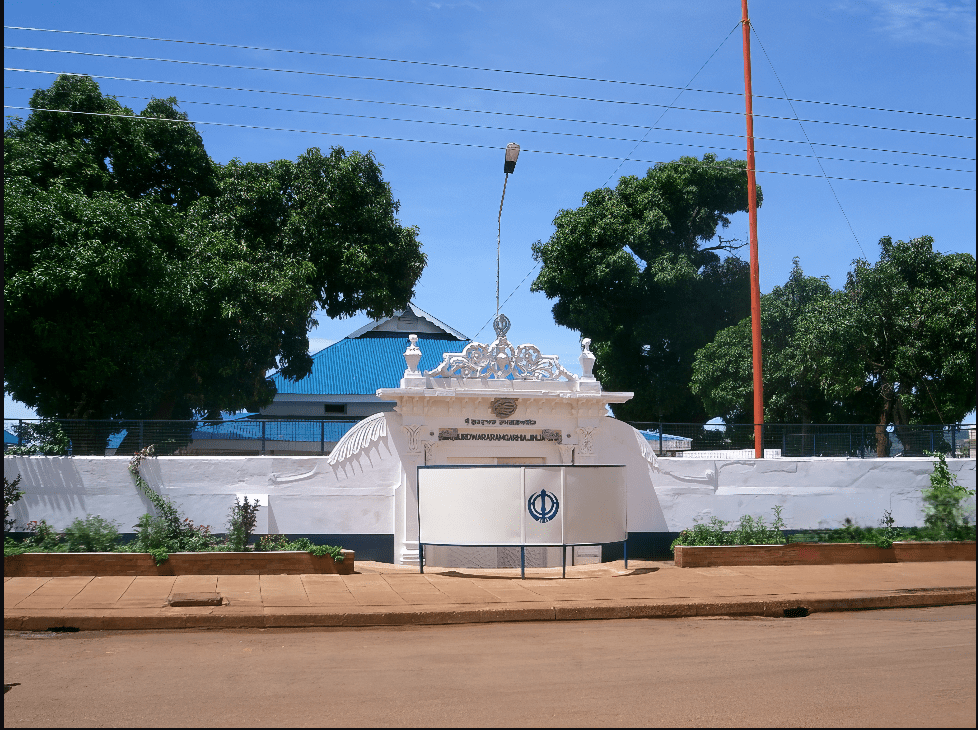Sikhs in Japan : Small Community, Big Stories
Among all the countries I’ve studied, Japan is perhaps the first where I found no illegal Sikh immigration network — just a quiet, law-abiding community carving its place through learning, work, and discipline.
Today, Japan’s Sikh population stands at roughly 500 people, mostly concentrated in Tokyo (200–300), Kobe (40–50 families), and Ibaraki. That’s a steep fall from the 20,000–30,000 temporary Punjabi workers who once came during Japan’s 1990s economic boom. Yet, the Sikh spirit here endures — in classrooms, restaurants, IT offices, and gurdwaras that hum softly under neon skylines.
This article traces how Sikhs first arrived in Japan, the lives they built, the faith they kept, and the stories that reveal how deeply Sikh values can thrive even in the world’s most homogeneous society by globalsikhiwiki.com Team
How Sikhs First Came to Japan
Sikhs began arriving in Japan in the early 20th century, mostly as students and professionals. One of the first known visitors was Puran Singh, a brilliant Punjabi scholar and scientist who studied in Tokyo before World War I.
Later decades saw Sikh soldiers interacting with Japan during World War II — some fighting against Japanese troops under British command, others aligned with the Indian National Army (INA) led by Netaji Subhas Chandra Bose, which had links with Japan’s anti-colonial efforts.
After the war, Sikh migration continued in small trickles: students, traders, and skilled workers. Unlike large communities in the UK, Canada, or East Africa, the Sikh presence in Japan remained scattered and low-profile — yet persistent.
Notable Sikh Stories from Japan
1. Puran Singh — From Punjab’s Fields to Japan’s Laboratories

In the late 1990s, while most Punjabis dreamed of Canada or the UK, Professor Puran Singh (1881–1931) became the first known Sikh to set foot in Japan. Born in Salhad near Abbottabad, he showed early brilliance in science and spirituality. After completing his F.A. examination in 1899 from DAV College, Lahore, his academic excellence earned him a scholarship to study industrial and pharmaceutical chemistry at Tokyo Imperial University (now the University of Tokyo), where he arrived around 1899 or 1900.
At just twenty-two, Puran Singh was deeply inspired by Japan’s discipline, national pride, and devotion to progress, seeing in them reflections of Sikh ideals like hard work and selfless service. He faced language barriers and cultural differences but immersed himself in study and reflection. During his stay, he encountered Zen Buddhism, which profoundly influenced his spiritual outlook. For a short period, he even lived as a monk under the name “Taikan”, blending Japanese spiritual philosophy with Sikh mysticism in his early writings such as Atman.
Returning to India in 1903, he joined the Forest Research Institute in Dehradun as a chemical examiner, where he conducted pioneering research on essential oils and plant chemistry, publishing papers that earned international attention. Yet, his heart remained equally devoted to poetry and philosophy. His later works, including The Spirit of Oriental Poetry, The Sisters of the Spinning Wheel, and The Temple of Humanity, revealed a rare harmony between science and spirituality — a theme rooted in his years in Japan.
Prof. Puran Singh often spoke of Japan with admiration, seeing it as a nation where “every hand worked as if in prayer.” He urged Indians to learn from Japan’s spiritual discipline, honesty, and sense of collective purpose. His experience in Japan reinforced his belief that true knowledge unites rather than divides — a belief deeply aligned with Sikh philosophy.
He continued teaching and writing until his death in 1931, leaving behind a legacy as a scientist, poet, and philosopher who bridged the cultural and spiritual worlds of India and Japan. Today, he is remembered as the first Sikh voice in Japan, a pioneer whose journey symbolized Sikhism’s universal spirit and intellectual depth.
“I did not leave India,” he once said. “I carried it within me — even when I walked the gardens of Japan.”
2. Gursewak Singh — Born in Japan, Fighting for Belonging

Born in 1999 in Matsudo, Chiba, Gursewak Singh grew up as one of Japan’s few Sikh children. His parents, refugees from Punjab in the early 1990s, lived on provisional release — unable to work legally or access healthcare, yet determined to raise their son with dignity.
Despite hardships, Gursewak thrived in Japanese schools, wearing his patka proudly and speaking fluent Japanese. In 2016, at 17, his family faced deportation. International Sikh organizations, including UNITED SIKHS, petitioned for his citizenship — though Japan’s immigration laws denied it.
His struggle inspired new debates on children’s rights and migrant inclusion, leading to an education fund established in his name in 2019. Today, Gursewak lives in Tokyo, working part-time and serving in langar. “Japan is my Guru’s vast ocean,” he says softly, “endless — but I float on faith.”
Gursewak has written to Japanese authorities to recognize him and his family as residents in a country where he and his younger twin siblings were born, and his parents, natives of India, have lived in Japan since the 1990s. His parents are on provisional release status, which means they can’t work. There is no birthright in Japan like in the USA. Today, Gursewak lives in Tokyo, studying, working part-time, and serving in langar. United Sikhs has raised a fund in his name called “Gursewak Singh’s college fund” for his education.
Sources: Japan Times | UNITED SIKHS |
3. Sarabjit Singh Chadha — The Sikh Voice That Won Japan

Born in New Delhi in 1952, Sarabjit Singh Chadha made history as Japan’s first non-Japanese Enka singer — a genre known for its deep emotional melodies.
Arriving in Japan in 1968 under an OISCA agricultural program, the young Sikh discovered Enka music and recorded the hit single “Omokage no Hito” (The Person in Memory) in 1975, which sold over 180,000 copies.
Visa issues forced him to leave Japan, but he returned in the 1980s and rebuilt his career, performing in both Punjabi and Japanese. His music became a bridge between Punjab’s warmth and Japan’s emotion, showing how art can transcend borders.
Sources: Wikipedia | India Times | Hindustan Times | Sakoya Foundation
Gurdwaras and Sikh Institutions in Japan
Guru Nanak Darbar Sahib, Kobe

After the Great Kanto earthquake in 1923, some Sikhs living in Yokohama moved to Kobe and started new businesses. This cemented Kobe’s position as a hub for the Sikh community in Japan. Sikh religious services initially took place in the home of a Mr. Motwani in downtown Kobe. In 1966, a committee of community members purchased land to create a permanent gurdwara. They bought the house of a Mr. Sant Singh Bhateja and renovated it to create the present-day Guru Nanak Darbar Sahib.
After Sardar Bahadur Singh Khurana, who had managed the daily services for many years, passed away, the gurdwara’s key was entrusted to a committee. The gurdwara has provided langar (a free community meal) every Sunday since its inception. A Japanese woman was hired to maintain the gurdwara and cook the weekly langar. This is One of Japan’s oldest Sikh hubs. The families here preserve visible Sikh identity and host annual Vaisakhi programs.
Tokyo Guru nanak Darbar Gurdwara (Sikh Center, Bunkyo-ku, Tokyo)

Gurdwara Guru Nanak Darbar – Tokyo’s only Gurdwara. The Sikh community in Tokyo is tiny. Given the small size of the community, there aren’t enough people to do seva 7 days a week, and so the Gurdwara only opens on a Sunday. This means there is no Akhand Paath and so Sukhmani Sahib is done instead. The congregation is a mix of Punjabi, Indian, and local Japanese people, creating a diverse and welcoming environment. thetravellingsingh.com
There isn’t any Sikh architecture or an external Nishaan Sahib, so it can a little tricky to locate. The Gurdwara is located on the basement floor of a pretty low-key building but as soon as you walk in you can hear the Gurbani and smell the langar and it’s easy to follow the sounds and smell to the right location. japantimes.co.jp
What Sikhs in Japan Do: Sikhs in Japan's Tech and Multinational Sectors: A Niche of Opportunity Amid a Tiny Diaspora

IT & Engineering Professionals : Japan's Digital Deficit Meets Sikh Skillsets
With an aging population and low birth rates, Japan faces a projected shortfall of 450,000 IT workers by 2030, fueling demand for multilingual, tech-savvy migrants. Many Sikhs arrive as IT engineers, software developers, or data analysts, drawn by firms like Rakuten, Sony, or global giants (e.g., AWS, Salesforce, Oracle) that sponsor visas and hire overseas talent. These roles value Sikhs’ proficiency in English, Punjabi, and often Japanese, plus their work ethic rooted in Sikh principles of kirat karna (honest labor). For instance, Tokyo’s Sikh professionals often work in AI, cybersecurity, or regtech—hot sectors projected to grow 15–20% annually through 2030. linkedin.com
Religious Flexibility in Corporate Japan
Unlike small/medium enterprises (SMEs) where blue-collar Sikhs (often “mona” or shorn-haired for assimilation) face rigid grooming norms, IT and MNCs offer leeway for keshdhari (turban-wearing) Sikhs to maintain uncut hair and kirpans. This cultural accommodation—rare in Japan’s homogeneity—makes tech appealing; companies like Fujitsu or Hitachi prioritize diversity for global teams, viewing Sikh resilience (e.g., from Punjab’s entrepreneurial spirit) as an asset. Anecdotes from the Tokyo Guru Nanak Darbar gurdwara highlight engineers commuting from Yokohama to Silicon Valley-esque hubs in Shibuya, blending seva (community service) with code sprints. linuxfoundation.org
Migration Pathways to Stability
Post-1990s visa crackdowns, skilled tech migration surged via bilateral India-Japan agreements (e.g., 2016 talent partnership), placing over 400 Indians—including Sikhs—in technical roles annually. Many start as students (echoing 1960s pioneers like enka singer Sarbjit Singh Chadha) before transitioning to MNCs, achieving family sponsorship and long-term residency—unlike undocumented workers in restaurants or construction. This upward mobility contrasts with broader diaspora trends, where Sikhs elsewhere (e.g., Canada) dominate trucking or real estate. asia.nikkei.com
Challenges and Resilience
While rewarding, these paths aren’t seamless: Language barriers (JLPT N2 certification often required) and subtle xenophobia persist, but Sikhs counter with community networks at gurdwaras like Kobe’s Guru Nanak Darbar, where IT pros mentor newcomers. Ultimately, this tech foothold embodies Sikh chardi kala (eternal optimism), turning Japan’s “lost decade” labor gaps into a bridge for the Khalsa’s global wanderlust. As one anonymous Tokyo-based Sikh engineer shared on forums, “In code and circuits, we find Waheguru’s design—precise, interconnected, infinite.” wikipedia.org
Assimilation and Identity
Older Sikhs in Kobe often maintain turbans and beards, while younger ones in Tokyo adapt to local norms. Some trim their hair to blend in at workplaces.
Still, many Japanese neighbors respect the Sikh work ethic and discipline, and interfaith events have increased local awareness of Sikhism. Researchers such as Masako Azuma (Taylor & Francis Press) note that Sikh-Japanese families often become cultural bridges, teaching tolerance through everyday kindness.
Conclusion
The Sikh community in Japan may be small, but its stories are immense — stories of music, science, service, and survival. From Puran Singh’s laboratory to Sarabjit Chadha’s stage and Gursewak Singh’s courage, the legacy of Sikhs in Japan shows how the flame of Gurmat glows even in the farthest corners of the world.
-
Sikhs in Finland
Sikhs in Finland: Migration, Turban Rights, Gurdwaras Welcome to Global Sikhi Wiki, your comprehensive resource for exploring Sikh history, culture, and global communities. Today, we delve into the vibrant story
Published by Pritam -
Sikhs in Israel
Sikhs in Israel: A Hidden Chapter of Global Sikh History Welcome to Global Sikhi Wiki, your comprehensive resource for exploring Sikh history, culture, and global communities. Today, we delve into
Published by Pritam -
Sikhs in Chile
Sikhs in Chile: A Small but Vibrant Community in South America Welcome to Global Sikhi Wiki, your comprehensive resource for exploring Sikh history, culture, and global communities. Today, we delve
Published by Pritam -
Sikhs in Bermuda
Sikhs in Bermuda: A British Overseas Territory Welcome to Global Sikhi Wiki, your comprehensive resource for exploring Sikh history, culture, and global communities. Today, we delve into the vibrant story
Published by Pritam -
Sikhs in Belize
Sikhs in Belize — a small but significant thread in the Caribbean Welcome to Global Sikhi Wiki, your comprehensive resource for exploring Sikh history, culture, and global communities. Today, we
Published by Pritam -
Why a New York Street Honors a Sikh Guru
Why a New York Street Honors a Sikh Guru-Guru Teg Bahadur Ji Marg Way A Historic Honor in New York Welcome to Global Sikhi Wiki, your comprehensive resource for exploring
Published by Pritam -
Sikhs in Malaysia – From Struggle to Strength
Sikhs in Malaysia: A Tapestry of Courage, Faith, and Unyielding Spirit Welcome to Global Sikhi Wiki, your comprehensive resource for exploring Sikh history, culture, and global communities. Today, we delve
Published by Pritam -
Sikhs in France
Sikhs in Malaysia: A Tapestry of Courage, Faith, and Unyielding Spirit Welcome to Global Sikhi Wiki, your comprehensive resource for exploring Sikh history, culture, and global communities. Today, we delve
Published by Pritam -
Sikhs in Fiji
Sikhs in Fiji: A Journey of Resilience and Contribution in Modern Oceania Welcome to Global Sikhi Wiki! In this blog post, we explore the vibrant history and enduring legacy of
Published by Pritam -
Sikhs in Germany
Sikhs in Germany – Building Faith and Community in Modern Europe Germany, the land of poets, philosophers, and thinkers, is home to one of the lesser-known yet deeply rooted Sikh
Published by Pritam -
Sikhs in Japan
Sikhs in Japan : Small Community, Big Stories Among all the countries I’ve studied, Japan is perhaps the first where I found no illegal Sikh immigration network — just a
Published by Pritam -
Sikhs in Argentina
Sikhs in Argentina: Bibiana Jasbe Singh Kaur Born in Argentina, Bibiana straddles two identities. Though her Sikh ancestors forbade beef, she acknowledges that at social events and in local culture,
Published by Pritam -
The Heartbreaking Journey of Harjit Kaur
The Heartbreaking Journey of Harjit Kaur In the dusty villages of Punjab, where the mustard fields sway like whispers of forgotten dreams under the relentless Indian sun, Harjit Kaur was
Published by Pritam -
Sikhs in Mexico
Sikhs in Mexico: Forgotten Journeys and Resilient Roots By [ Global Sikhi Wiki Team] | Published on GlobalSikhiWiki.com | September 23, 2025 IST It was the early 1900s. Ships left
Published by Pritam -
The Bitter Exodus of Sikhs from Afghanistan
The Bitter Exodus of Sikhs from Afghanistan Picture this: The sun rises over Kabul's ancient bazaars in the 1970s, where the air hums with the chatter of turbaned Sikh traders
Published by Pritam -
Decline of Sikhs in China
The Decline of Sikhs in China: A Multifaceted Historical Narrative The history of Sikhs in China is a poignant, often overlooked chapter in the global Sikh diaspora, marked by a
Published by Pritam -
Sikhs in Afghanistan
The Untold Story of Sikhs in Afghanistan - From Prosperity to Perseverance Imagine the bustling streets of Kabul in the 1970s—a vibrant mosaic of cultures where turbaned Sikh merchants haggled
Published by Pritam -
Sikhs in China
Sikhs in China: A Hidden Chapter of Sikh Heritage Hello, readers! Welcome to another intriguing exploration of Sikh heritage on GlobalSikhiWiki.com. Imagine a turbaned Sikh policeman patrolling the bustling streets
Published by Pritam -
Famous Sikhs in Singapore
Famous Sikhs in Singapore: Trailblazers of Faith, Resilience, and Legacy Hello, readers! Welcome to another captivating deep dive into the rich tapestry of Sikh heritage on GlobalSikhiWiki.com. Have you ever
Published by Pritam -
Sikh Gurdwaras in Singapore
Sikh Gurdwaras in Singapore: Epic Sanctuaries of Faith, and Hidden Legends! Hello, readers! Welcome to another deep dive into the electrifying world of Sikh heritage on GlobalSikhiWiki.com. Imagine this: a
Published by Pritam -
Sikhs in Singapore
The Vibrant Sikhs in Singapore : A Story of Resilience and Contribution Hello, readers! Welcome to another deep dive into the multicultural tapestry that makes Singapore such a fascinating place.
Published by Pritam -
Famous Sikhs in Italy
Famous Sikhs in Italy: Leaders, Entrepreneurs & Community Figures Primarily hailing from Punjab, India, Sikhs began migrating significantly in the 1980s, drawn to agricultural opportunities in northern and central regions
Published by Pritam -
Sikh Gurdwaras in Italy
The History of Sikh Gurdwaras in Italy: Pillars of Faith and Community The history of gurdwaras in Italy mirrors the broader narrative of Sikh migration. Sikhs first arrived in small
Published by Pritam -
Sikhs in Italy
Two Sikh soldiers using a Bren light machine gun in the World War II (Italian campaign) near Villa Grande (15 January 1944) Sikhs in Italy: A Journey of Faith, Hard
Published by Pritam -
Sikhs in Thailand
Sikhs in Thailand : History, Community, and Contributions The Sikh community in Thailand, though small in number, has left an indelible mark on the nation’s cultural, economic, and social landscape.
Published by Pritam -
First copy of Guru Granth Sahib in new Zealand
Phomen Singh was born in Punjab, India, and was brought up in the Moga district, in a village called Charik. Guru Granth Sahib was first brought over by Phomen Singh
Published by Pritam -
First Sikh Doctor in Yuba City
Dr. Gulzar Singh Johl (born June 28, 1923) was the first medical doctor of Sikh, Punjabi and South Asian heritage to practice medicine in the Yuba City area,California, USA. Dr.
Published by Pritam -
Potato King of USA
Baba Jawala Singh, known as the “Potato King” of California, was a co-founder of the Stockton Gurdwara and a senior leader of the Ghadar Party. Potato King of USA -
Published by Pritam -
Sikhs in New Zealand
https://youtu.be/YJI2iMsmwWI?si=-am9-EJDiFanA_KoHard working and honest Sikhs are working and helping the economies of many foreign countries and spreading goodwill among all people. #SikhcommunityGlobal Sikhs in New Zealand: A Vibrant Community’s Journey
Published by Pritam -
Sikhs in Guyana
https://youtu.be/RVkXM7EmUsk?si=mw_e4NGPc4UmfSje Sikhs in Guyana — A country of Rainforests Guyana, officially the Co‑operative Republic of Guyana, is a small country on the northern mainland of South America, bordered by Venezuela,
Published by Pritam -
Turbans and Tales
Turbans and Tales: Unraveling the Rich History and Cultural Significance of the Sikh Turban Dastar" or "Pagri" The Sikh turban, known as the Dastaar or Pagri, is far more than
Published by Pritam -
Sikhs in Australia
Sikhs in Australia The Sikh community in Australia, though relatively small compared to other religious groups, has woven a rich and vibrant thread into the nation’s multicultural fabric. With a
Published by Pritam -
Sikhs in USA
Sikhs in USA: Journey of Struggle, Spirit, and Success The United States of America is a melting pot of cultures, ethnicities, and identities. It's a land of unparalleled diversity, where
Published by Pritam -
Sikhs in Canada
Sikhs in Canada: A Historical and Cultural Journey 🧭 Introduction The story of Sikhs in Canada is not just a tale of migration, but a testament to resilience, identity, and
Published by Pritam -
Sikhs in UK
Sikhs in UK : A Historical and Cultural Overview 🧭 Introduction Sikhs in UK - The United Kingdom holds a special place in the Sikh diaspora's journey. It is home
Published by Pritam -
Sikhs in Tanzania
Sikhs in Tanzania 🧭 Introduction Tanzania (6000 Km from India ), nestled in East Africa, boasts a stunning landscape that includes Mount Kilimanjaro, the vast Serengeti plains, and the coastal
Published by Pritam -
Sikhs in Uganda
Sikhs in Uganda 🧭 Introduction Uganda ( 5,700 Km from India) is a landlocked country in East Africa, bordered by Kenya, South Sudan, the Democratic Republic of the Congo, Rwanda,
Published by Pritam -
Sikhs in Kenya
Sikhs in Kenya: Preserving Faith, Embracing Change About Kenya: A Land of Diversity and Opportunity Kenya,5016 Km from India, located in East Africa, is renowned for its stunning landscapes, vibrant
Published by Pritam
-
 Sikhs in Finland
Sikhs in Finland
-
 Sikhs in Israel
Sikhs in Israel
-
 Sikhs in Chile
Sikhs in Chile
-
 Sikhs in Bermuda
Sikhs in Bermuda
-
 Sikhs in Belize
Sikhs in Belize
-
 Why a New York Street Honors a Sikh Guru
Why a New York Street Honors a Sikh Guru
-
 Sikhs in Malaysia – From Struggle to Strength
Sikhs in Malaysia – From Struggle to Strength
-
 Sikhs in France
Sikhs in France
-
 Sikhs in Fiji
Sikhs in Fiji
-
 Sikhs in Germany
Sikhs in Germany
-
 Sikhs in Japan
Sikhs in Japan
-
 Sikhs in Argentina
Sikhs in Argentina
-
 The Heartbreaking Journey of Harjit Kaur
The Heartbreaking Journey of Harjit Kaur
-
 Sikhs in Mexico
Sikhs in Mexico
-
 The Bitter Exodus of Sikhs from Afghanistan
The Bitter Exodus of Sikhs from Afghanistan
-
 Decline of Sikhs in China
Decline of Sikhs in China
-
 Sikhs in Afghanistan
Sikhs in Afghanistan
-
 Sikhs in China
Sikhs in China
-
 Famous Sikhs in Singapore
Famous Sikhs in Singapore
-
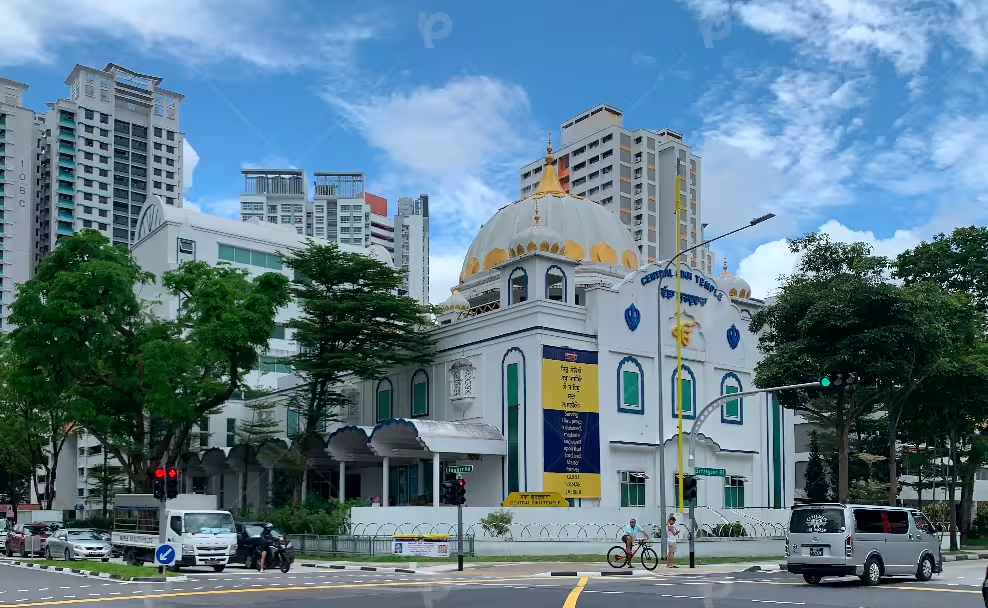 Sikh Gurdwaras in Singapore
Sikh Gurdwaras in Singapore
-
 Sikhs in Singapore
Sikhs in Singapore
-
 Famous Sikhs in Italy
Famous Sikhs in Italy
-
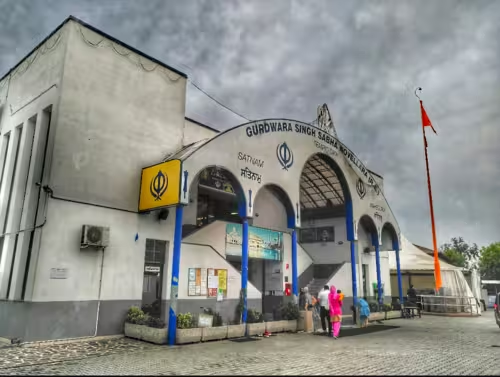 Sikh Gurdwaras in Italy
Sikh Gurdwaras in Italy
-
 Sikhs in Italy
Sikhs in Italy
-
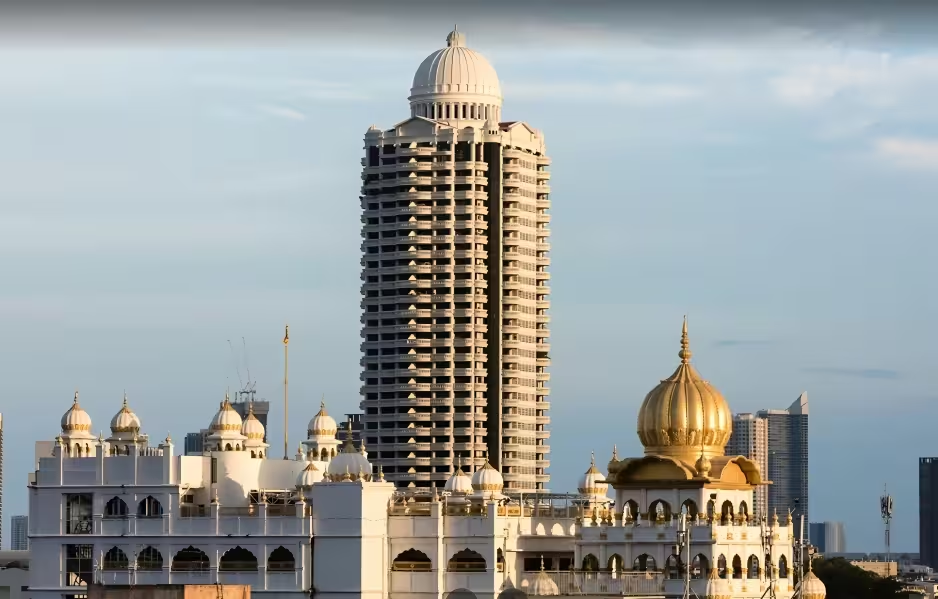 Sikhs in Thailand
Sikhs in Thailand
-
 First copy of Guru Granth Sahib in new Zealand
First copy of Guru Granth Sahib in new Zealand
-
 First Sikh Doctor in Yuba City
First Sikh Doctor in Yuba City
-
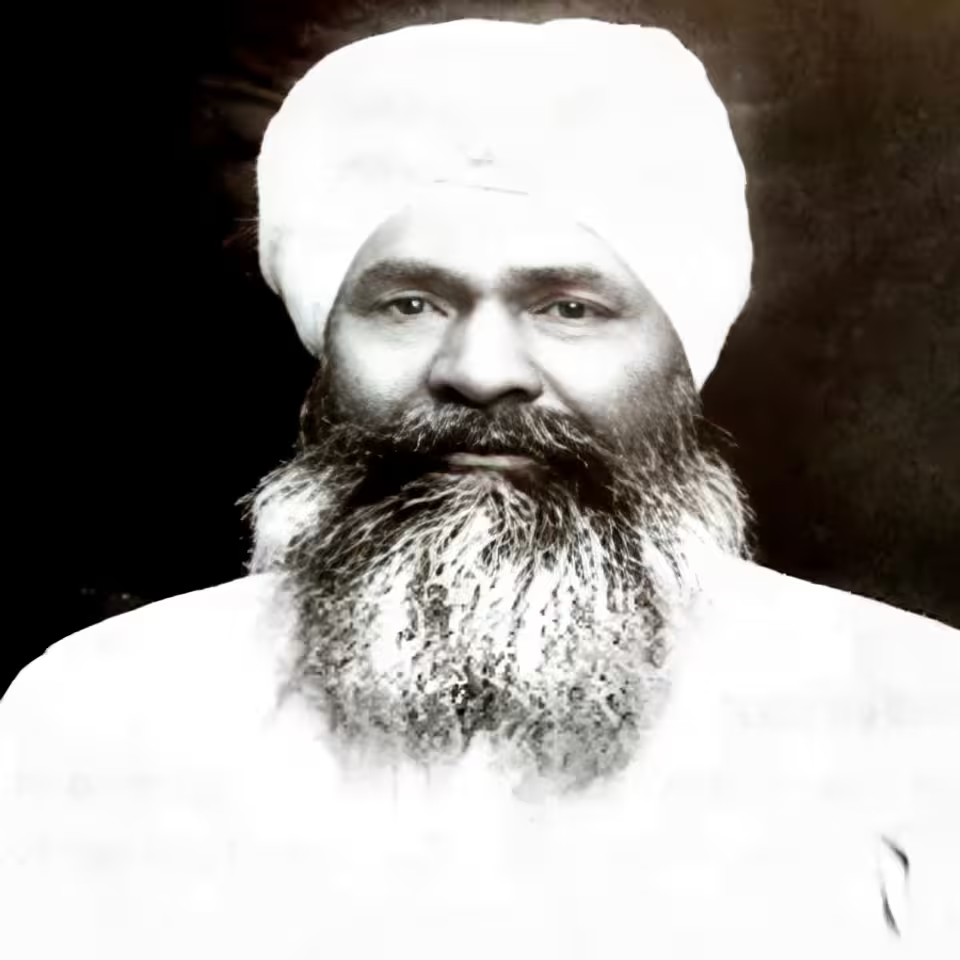 Potato King of USA
Potato King of USA
-
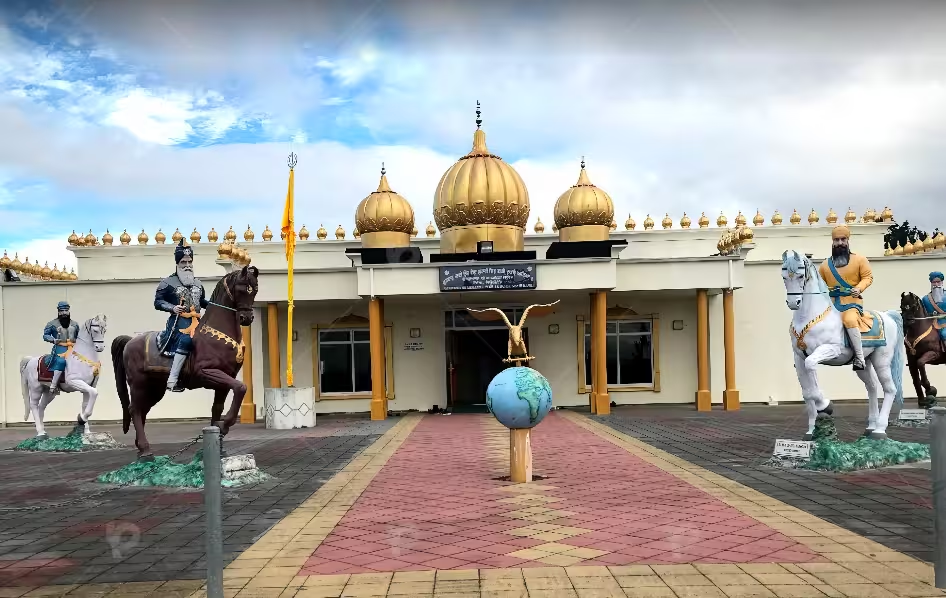 Sikhs in New Zealand
Sikhs in New Zealand
-
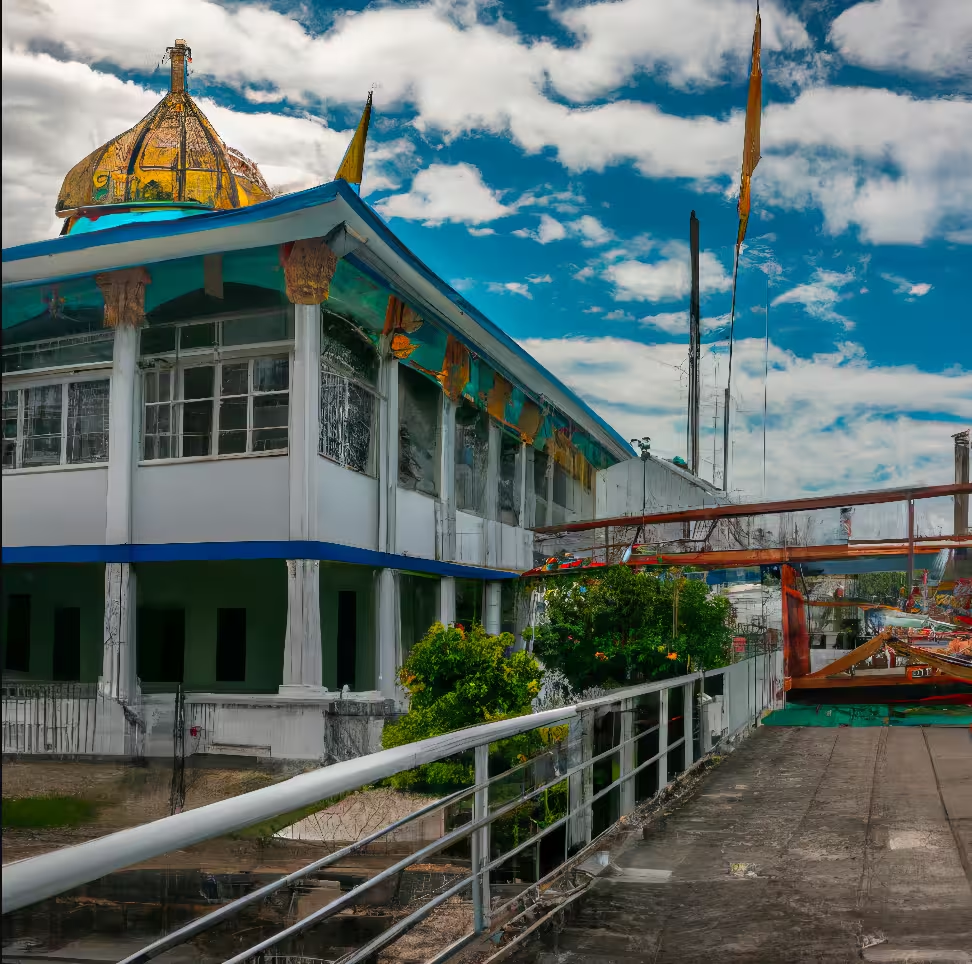 Sikhs in Guyana
Sikhs in Guyana
-
 Turbans and Tales
Turbans and Tales
-
 Sikhs in Australia
Sikhs in Australia
-
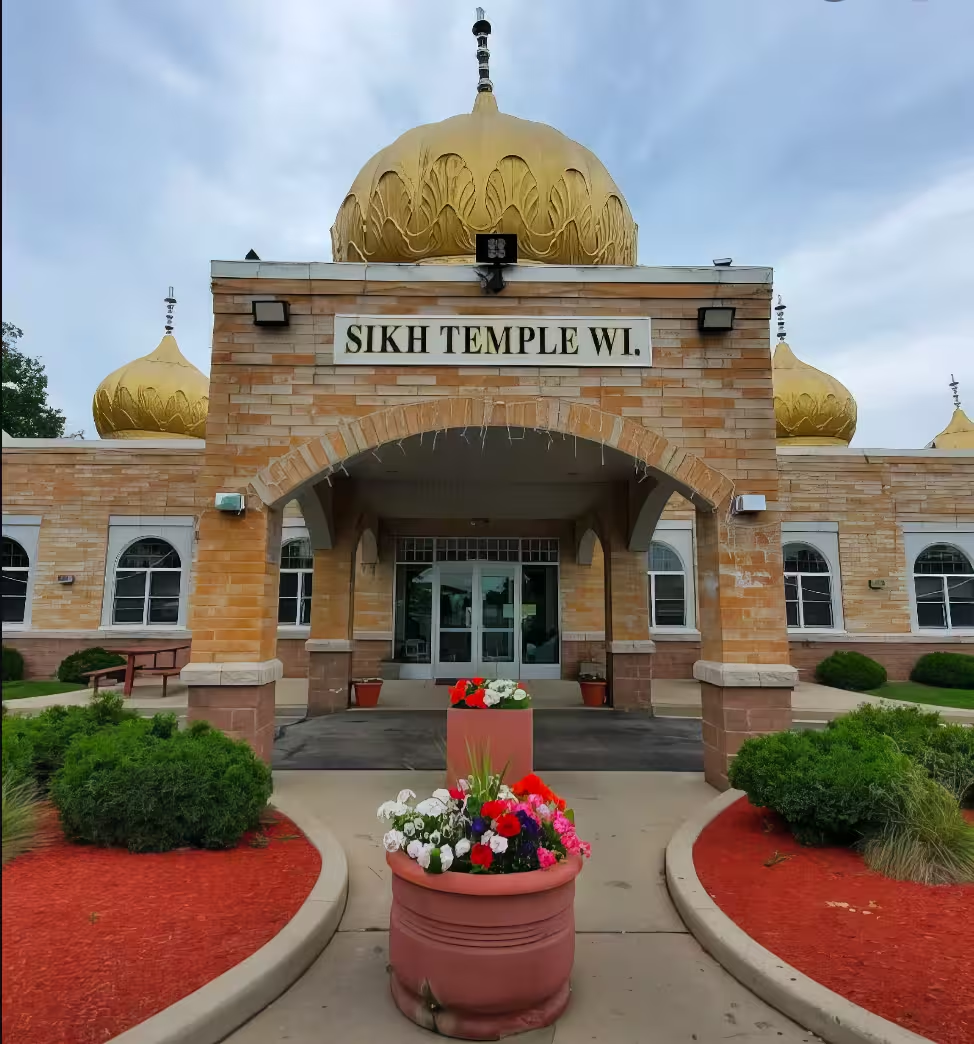 Sikhs in USA
Sikhs in USA
-
 Sikhs in Canada
Sikhs in Canada
-
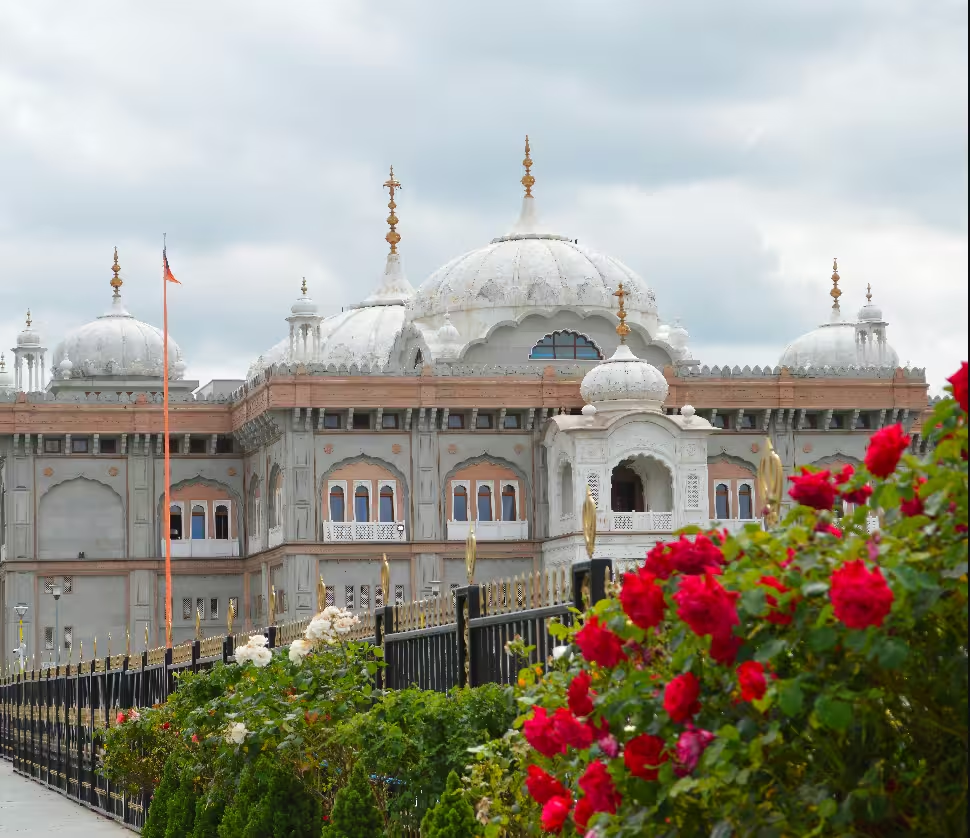 Sikhs in UK
Sikhs in UK
-
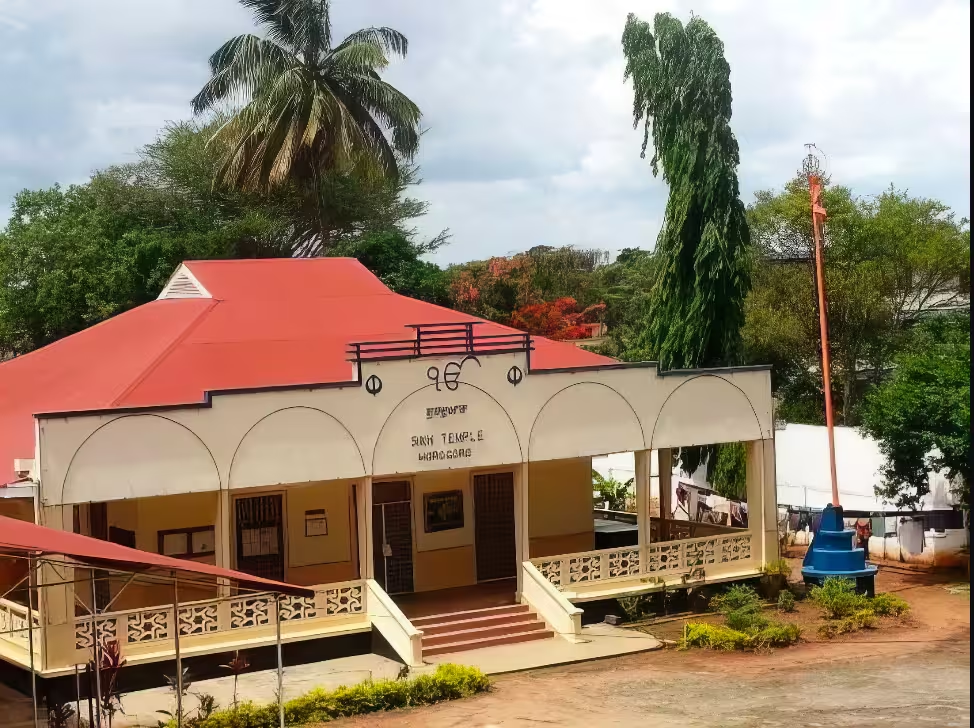 Sikhs in Tanzania
Sikhs in Tanzania
-
 Sikhs in Uganda
Sikhs in Uganda
-
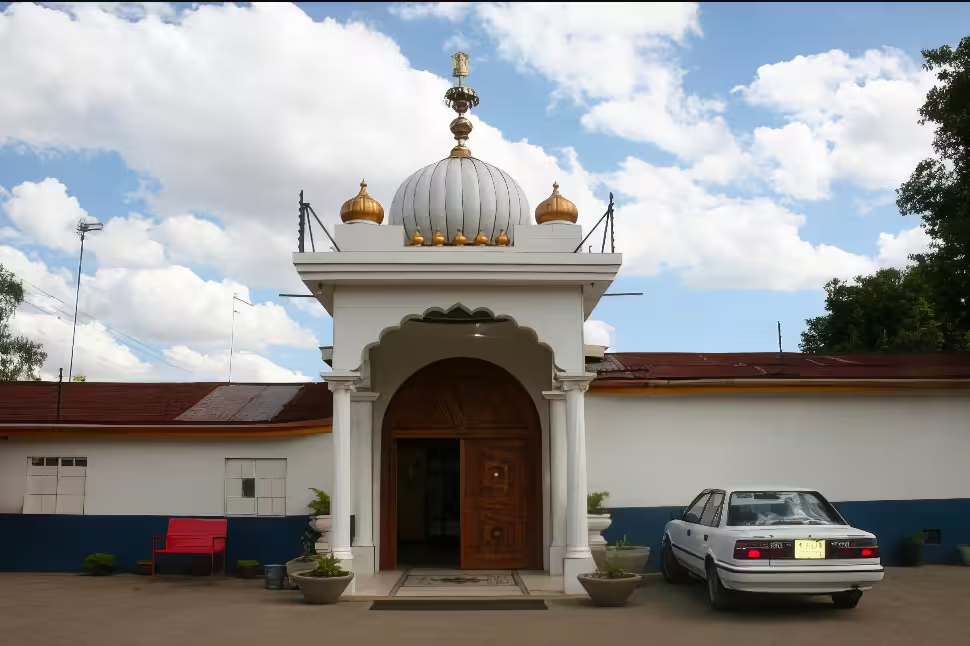 Sikhs in Kenya
Sikhs in Kenya
